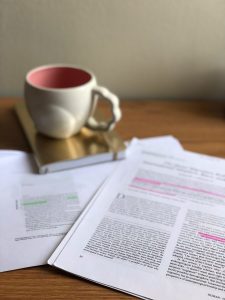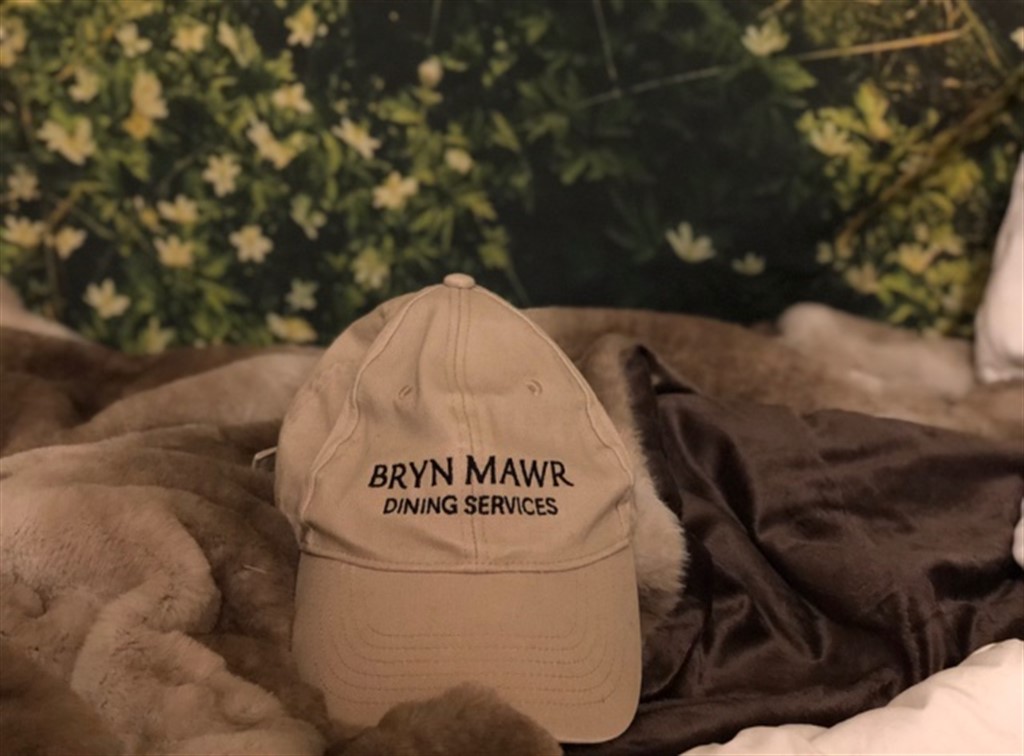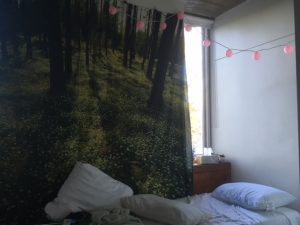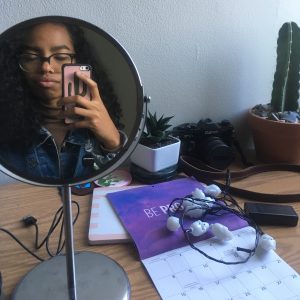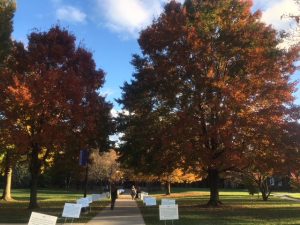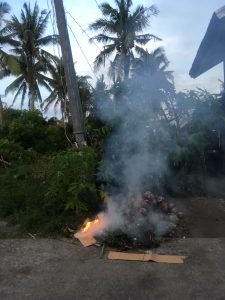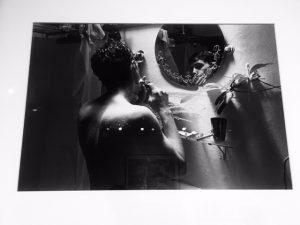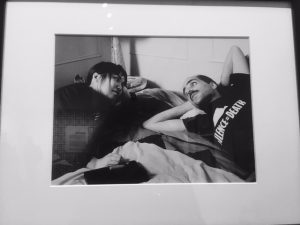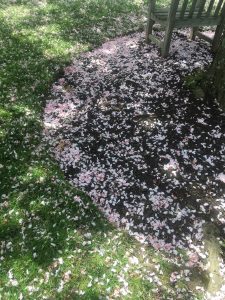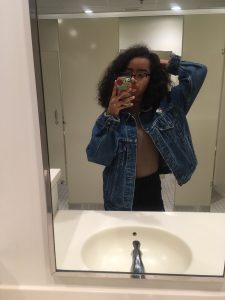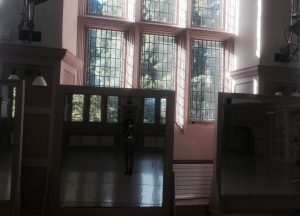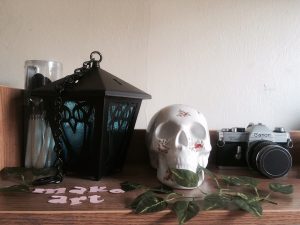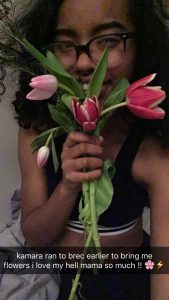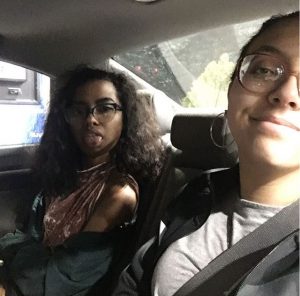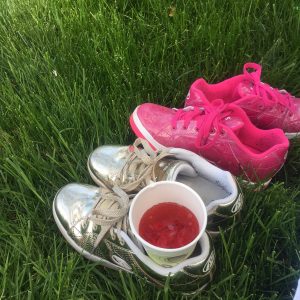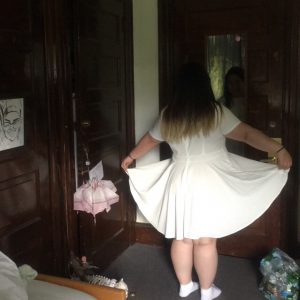For me thus far, 2018 has been about healing. Of individuals, of communities, from embedded historical pains or personal ones, emotional, physical, spiritual, everything imaginable. I’m channeling almost all of my energy towards the idea of how people can heal themselves and one another, especially in diversity and justice work where healing becomes necessary for engagement and change. I’m entering my second semester as Erdman’s Community Diversity Assistant with a more critical and healing-oriented vision for conversation. I originally pursued a major in Psychology in order to engage in helping people of color recognize and emphasize mental health. I’m in a Psychology of Diversity course this semester to enhance my understanding. I’m dreaming of Sociology now to make it a reality (but I’ll save that for a post on my majors! Keep an eye out.)

I laughed when, coincidentally, I heard that Dean Jennifer Walters would be hosting the topic of Racial Healing among her themed Open Space Conversations, where members of the community can make space for certain topics together. There have been conversations here at Bryn Mawr about how to institutionally reconcile histories of racism and antisemitism, but not nearly enough about healing for those who experience those inherited histories on an individual and communal level. The conversations themselves have given me the chance to engage with administrators and faculty members, lovable people who work in the Health Center, and often with me as one of only two students among them. We exercise openness in half-formed thoughts and productivity in ways that not all settings leave room for. Our three weeks have seen a variety of comers whether brief or consistent, and the group remains small enough that it feels pretty informal. We talk about our feelings and ideas over lunch.

{I’m thinking a lot about community racial healing this Black History Month, and Ntozake Shange’s “Sassafrass, Cypress & Indigo,” an ode to generational black woman healing, is next on my to-read list.}
The conversation is ongoing; we haven’t come to a conclusive ending yet, and I’m pretty sure that much like healing, there won’t be a clear solution or endpoint and much less a change overnight. We talked about institutional accountability and what that may mean for the histories we claim. We talked about how healing is more than just the removal of harm, about student experience, and about efforts to celebrate diversity that don’t entirely capture the realities that permeate us and our campus architecture. We talked about memory and inherited narratives of trauma that become embodied, and perhaps that healing could be inherited too. These topics are extremely relevant to my experience of Bryn Mawr, and it felt really sweet to be able to energize myself through expressing my thoughts and ideas to people who can affect more change!
On that note, I wanted to open up the conversation to anyone who is interested in engaging with Bryn Mawr’s complicated history. How do we imagine and enact racial healing? What does that entail? Healing, and especially racial healing, are definitely topics I’m making an effort to return to in the near future and over the course of the year.
Check out the Daily Digest for information about Open Space Conversations.

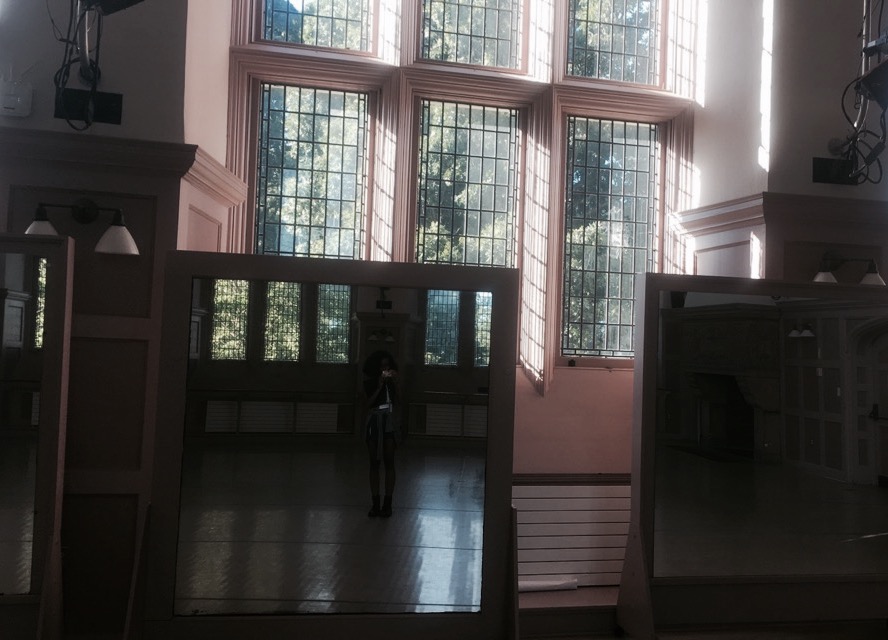

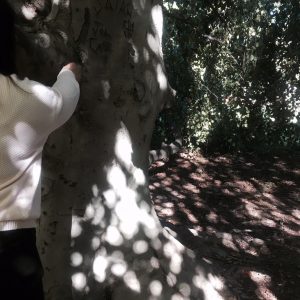
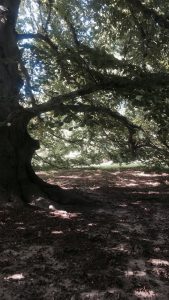
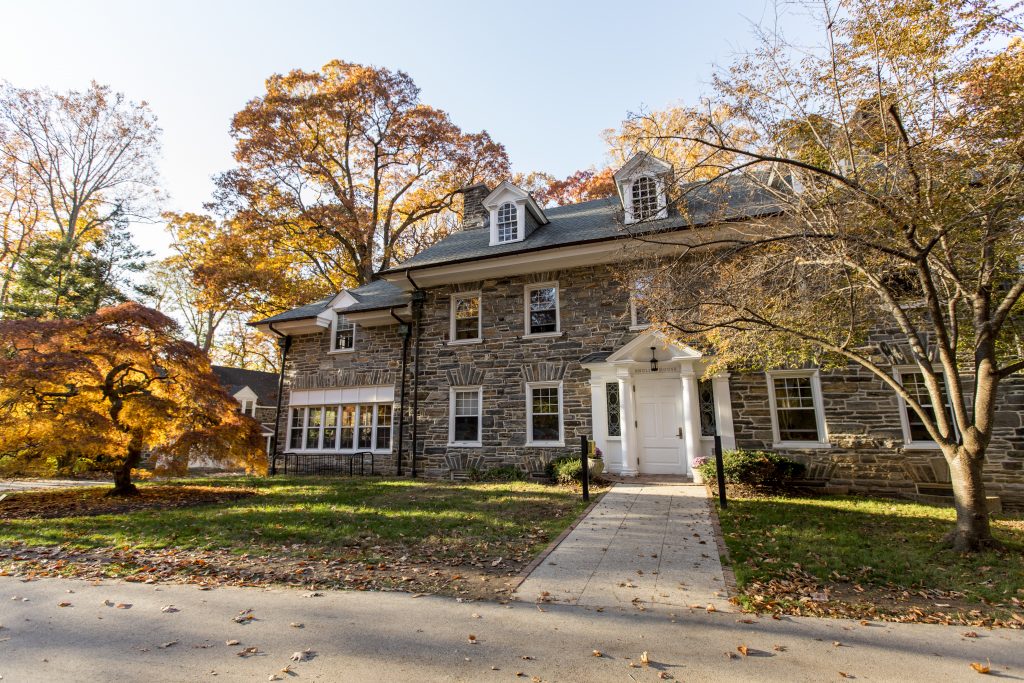
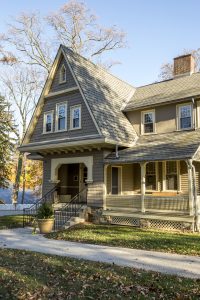
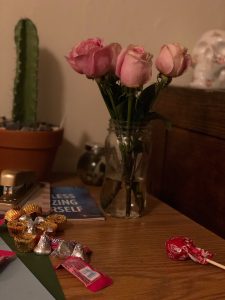

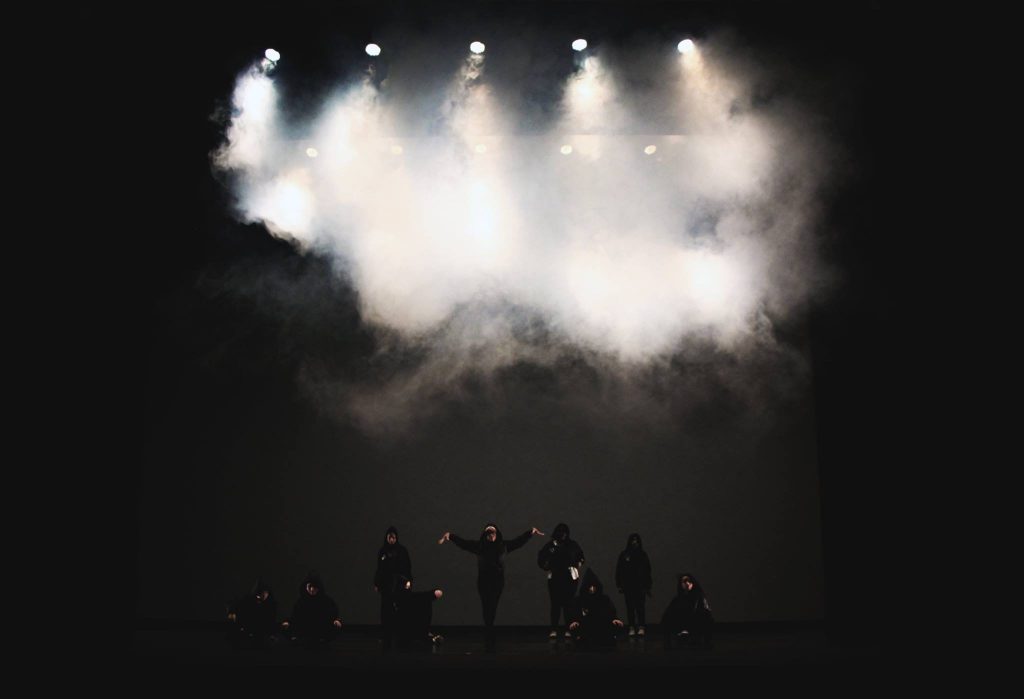
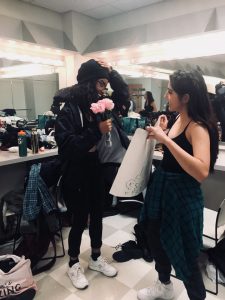

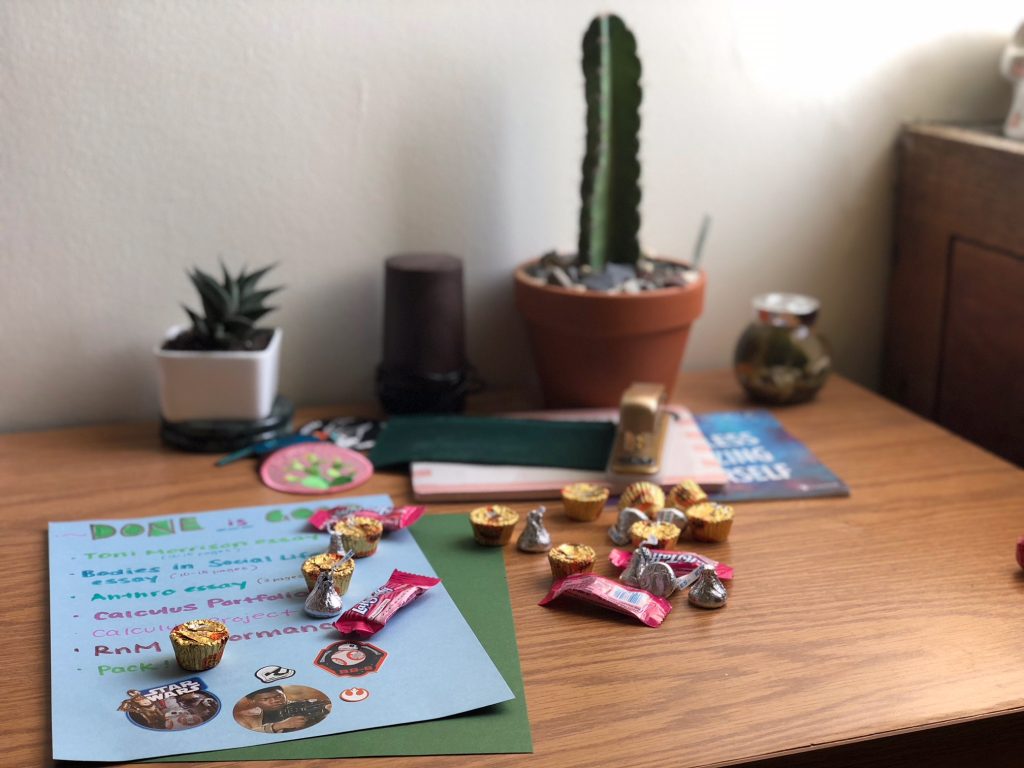
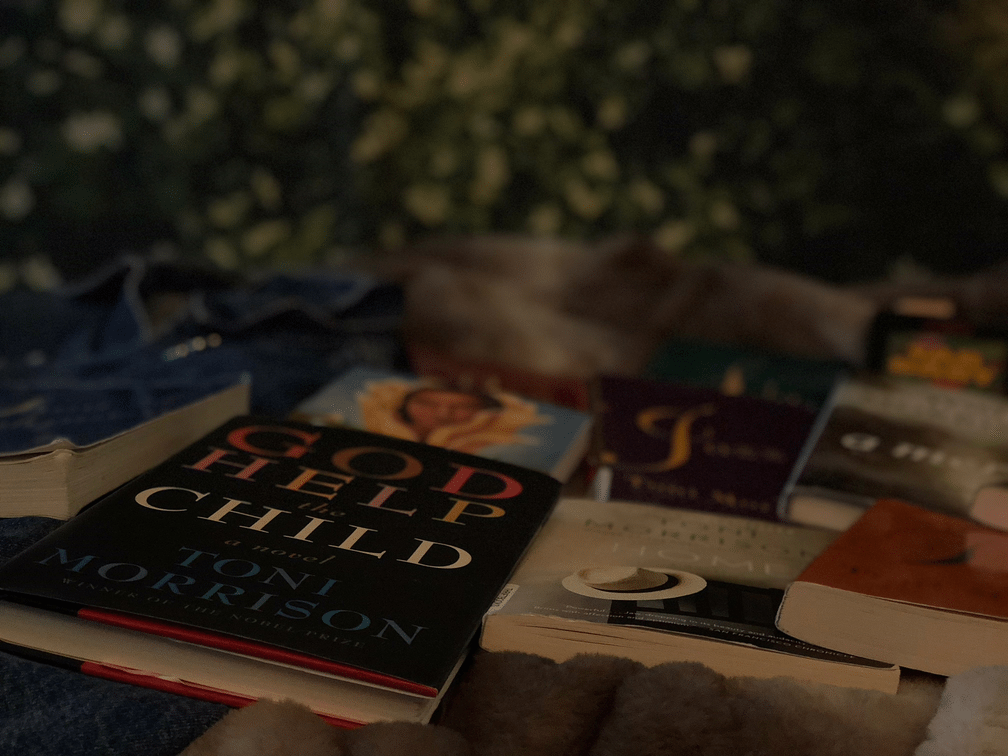
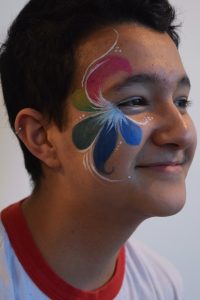 I’m working on my final Pilate Project (named for one of my most-loved characters in literature), where my sweet friend Hannah Chinn (’19) paints on the faces of people of color while we ask them about their relationship to history, memory, race, and family through the colors they ascribe feeling to. The element of narrative conjure feels important. I’m taking film & digital photos of each person after their face is painted, and piecing Morrison’s God Help The Child into her body of work through an essay on how it encompasses elements of her signature. (On the left: Stevie Campos-Seligman, Haverford ’20, a dear sweet friend and fellow member of the Toni Morrison class!)
I’m working on my final Pilate Project (named for one of my most-loved characters in literature), where my sweet friend Hannah Chinn (’19) paints on the faces of people of color while we ask them about their relationship to history, memory, race, and family through the colors they ascribe feeling to. The element of narrative conjure feels important. I’m taking film & digital photos of each person after their face is painted, and piecing Morrison’s God Help The Child into her body of work through an essay on how it encompasses elements of her signature. (On the left: Stevie Campos-Seligman, Haverford ’20, a dear sweet friend and fellow member of the Toni Morrison class!)
